Each Indian realizes that the nation accomplished freedom from the British control on August 15, 1947, and this year marks the 69th year of independence! Before this, for several centuries, our Nation was ruled by foreigners, first by Turks from The East, then by Mughals and then by the Great Britain. We have learned from the history books in our schools the recorded sacrifices that were made to recapture the power of our homeland. This day of August is celebrated to mark the rise of an independent India, whereas at the same time honor the ones who lost their lives to free our nation.
But how it all began? How was independence achieved? Below are some of the key events that led to the formation of an independent nation.
-
Revolt of 1857
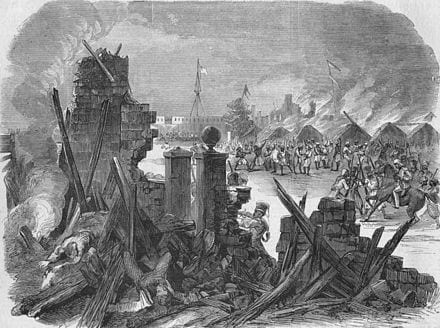
Image Source: www.wikipedia.org
This event was the main cause of igniting the fire of independence amongst the people of India. It was a revolt against the East India Company which initiated in Meerut and soon spread out to the other parts of the country. The prime cause of this anger and rebellion was the use of new Pattern 1853 Enfield rifle. The soldiers were forced to bite off the paper across the cartridges to load gunpowder. This paper was supposed to contain beef and pork extract that was considered as impious by Hindus and Muslims. The revolt that lasted for around a year cost us lives of some great soldiers such as Mangal Pandey but left a deep impact on the British Administration in India.
-
Formation of the Indian National Congress
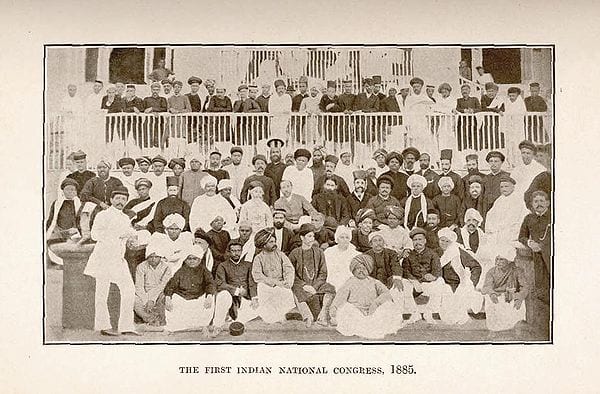
Image Source: www.wikipedia.org
Founded in the year 1885 as the first major political party in India, the INC was set up to act as a bridge between the citizens of India and British Raj. Founded by A.O. Hume, the political party initially had 17 members that within a span of 3 months had increased up to 72. The party had some of the most prominent and influential leaders of society such as Bal Gangadhar Tilak and Gopal Krishna Gokhale, amongst others. The party, soon under the guidance of these leaders, grew up to become a mass movement and played an important role in freeing our nation.
-
Return of The Father of Nation
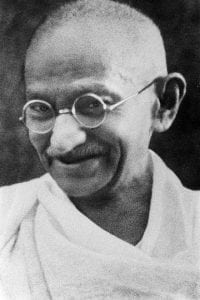
Image source: www.wikipedia.org
The return of Mahatma Gandhi to India in 1915 surely got Britishers a bit worried. His notable work in South Africa against the abolition of apartheid had already reached down to their ears. He took over the INC and began a movement based on the ideas of non-violence and non-cooperation. He led many prominent movements in the nation with his first big achievement in Champaran followed by the Khilafat Movement and Civil Disobedience Movement.
-
Signing of the Lucknow Pact
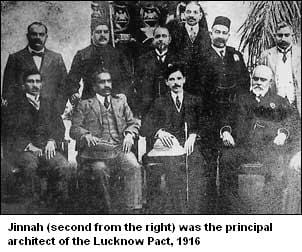
Image source: www.m-a-jinnah.blogspot.com
The pact that was signed in the year 1916 united the previously divided nation as one. It was a pact that brought together the leaders of the INC and the Muslim League to work against the British unanimously. The nation was no longer divided into Hindu and Muslims, and they all were now working together to force the British government to follow more liberal approached towards Indians. The prominent leader Muhammad Ali Jinnah was the key person in this pact which led to the greater role of Indians in running the government in India.
-
The Tragic Incident of Jallianwala Bagh
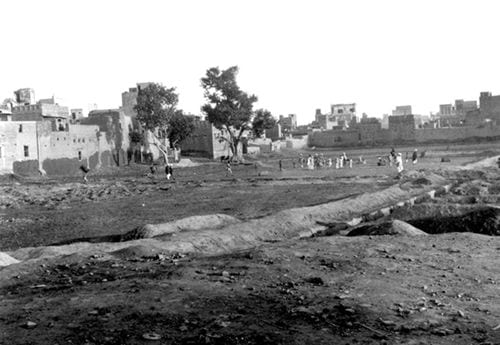
Image source: www.wikipedia.org
One of the most tragic incidents to ever happen was the Jallianwala Bagh massacre. The incident that took place in the year 1919 saw indiscriminate killing of thousands of people by British commander General E.H. Dyer. This led to an increase in anger of Indians and number of freedom fighters such as Bhagat Singh and Chandra Shekhar Azad decided to leave the path of Non-violence and follow a more revolutionary approach towards achieving independence. Police stations were burnt; bombings were done at the council meeting and many such reactions came up.
-
The Rise of the Non-Cooperation Movement

Image source: www.iaspaper.net
As Indians were now ready to give everything in the return of their independence, the Non-Cooperation Movement was launched by Mahatma Gandhi. Gandhi urged every Indian to give up or boycott British made goods and use self-made products such as clothes made out of Khadi etc. He even emphasized that the Indians should boycott the English values and stick to their Indian morals.
-
The Drafting of the Government of India Act 1935
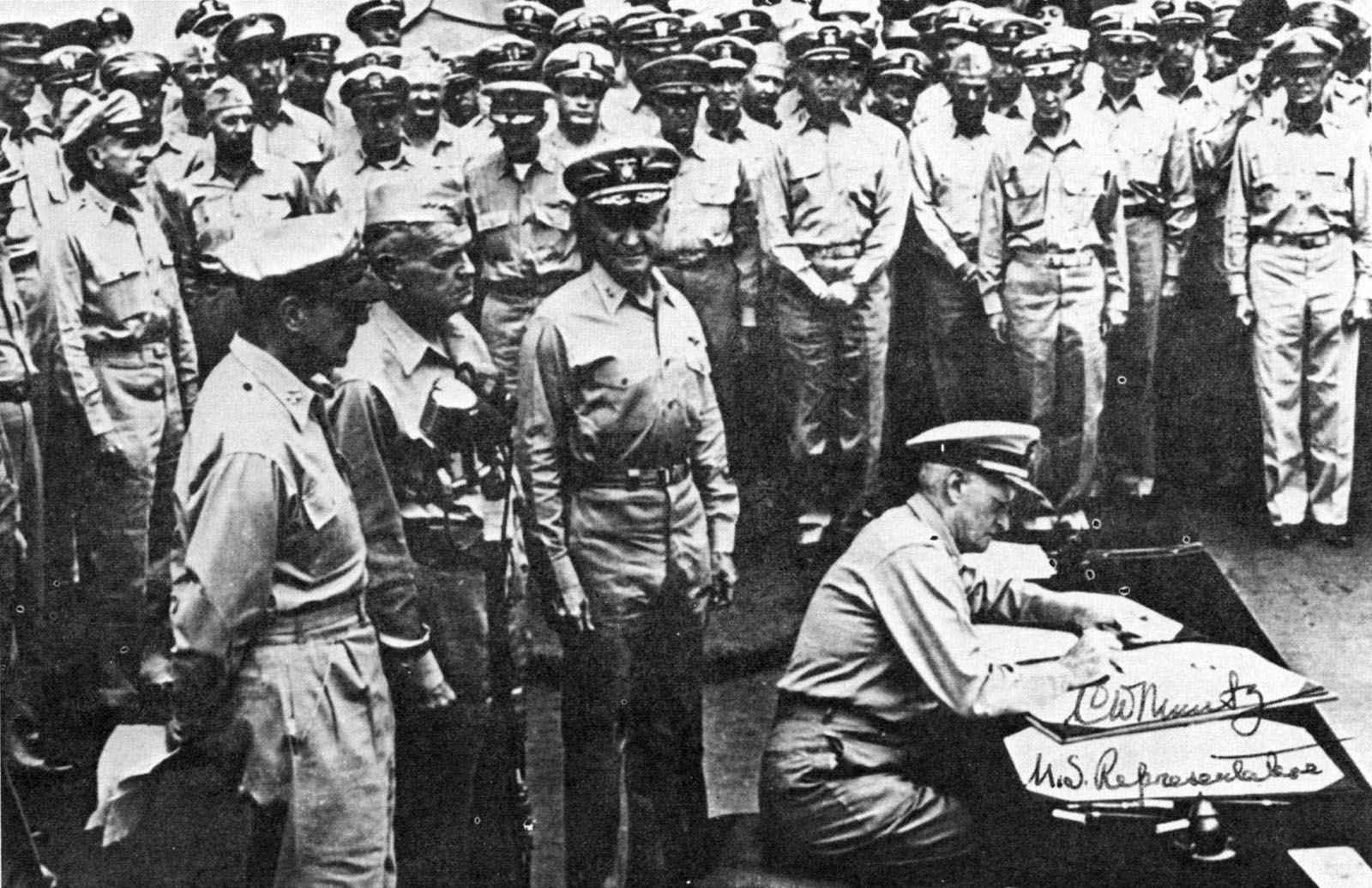
Image source: www.historydiscussion.net
One of the longest acts of Parliament ever enacted in that time, the Government of India Act gave the Indians more power and rights. The Act was drafted to provide Indians more participation in matters of governance. Although this act could not provide what it was expected to deliver, but still as the participation of Indians increased so did their power.
-
The Calling of Quit India Movement
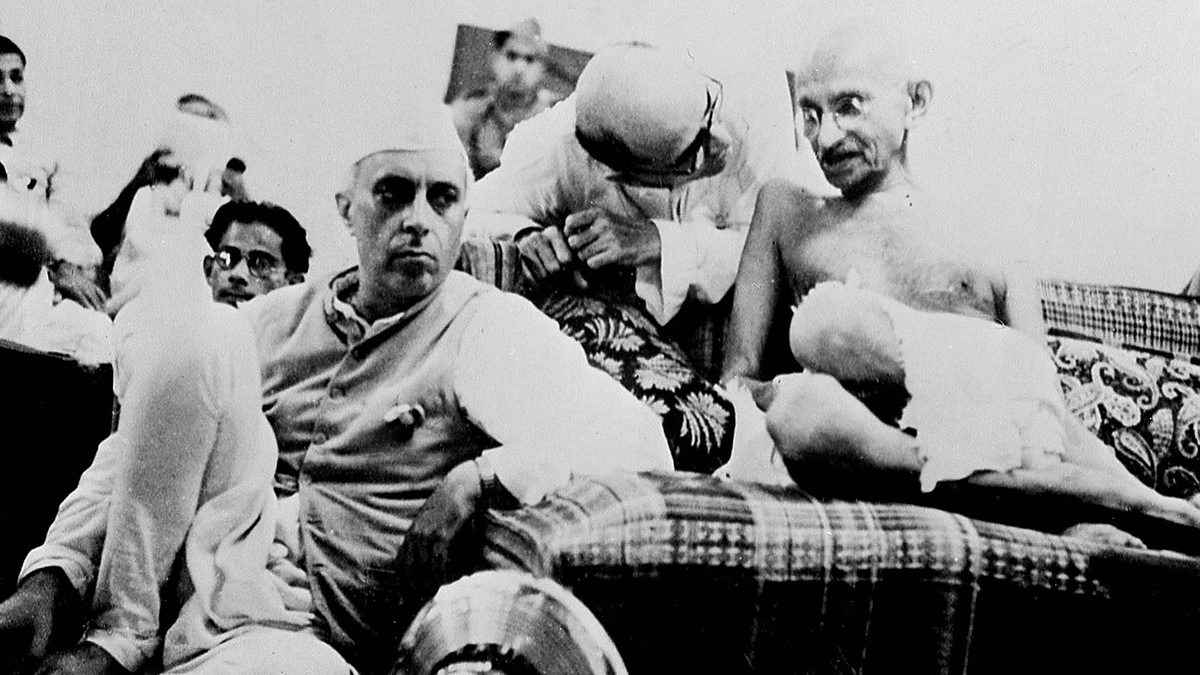
Image source: www.historydiscussion.net
Finally, as the Britishers were at war with Germany, it led to a decrease in their resources. Their roots in India were shaking, and Mahatma Gandhi along with other leaders saw this as a perfect opportunity to uproot the British from the nation. So, the Quit India Movement was launched in the year 1942. Immediate withdrawal of British from India was demanded, which resulted in most of the INC leaders put behind the bars. However, by this time, the British had realized that they could no longer hold the spirit of Independence from the people of India.
-
Partition and The Rise of an Independent Nation
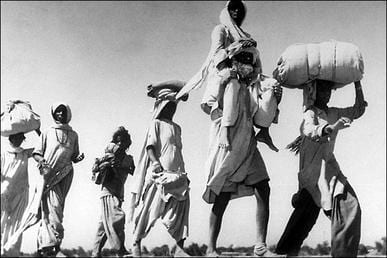
Image source: www.wikipedia.org
Finally, India’s efforts paid off and the Britishers decided to leave the country and an independent nation was formed. Also, on this day India was divided as and Pakistan was formed. The region with the majority of Muslims was named as Pakistan and the one where Hindus were in majority was named as India. Around 14.5 million people moved across the border which included around 7 Lakhs of Muslims moving from India to Pakistan, whereas the same number of Hindus moved from Pakistan to India. A new and independent India was formed with the words of Pandit Jawaharlal Nehru “At the stroke of the midnight hour, when the world sleeps, India will awake to life and freedom…”
-
Loss of our Beloved Mahatma
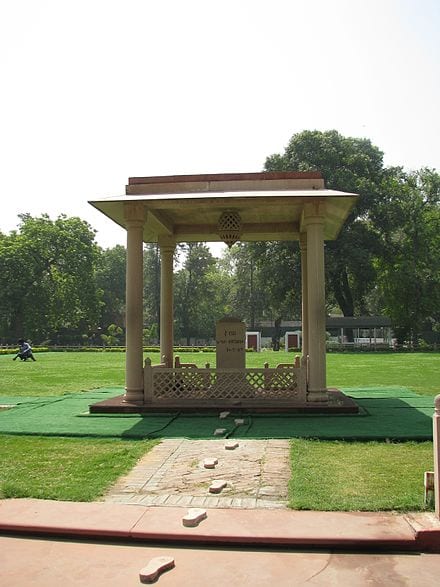
Image source: www.wikipedia.org
The man who fought for the Independence of India could not live long enough to live in an independent nation. Mahatma Gandhi was assassinated by Nathuram Godse, who was a Hindu extremist and held Gandhi guilty of supporting Pakistan. He shot three bullets at Gandhi and Mahatma died on the spot with his last words being “Hey Ram”.
Something else to recall is that our freedom is not the same as the freedom of different nations. Every other Nation that threw out a foreign rule did so by bringing on major bloodshed. Our freedom for the most part was won through standards of truth and non-violence. Some extremists although tried to adopt extreme measures including bloodshed and burning of homes, but for the most of the events bloodshed was avoided. We all today should be grateful for the sacrifices made in the past by our pioneers and let each of us serve and work in the soul of genuine patriotism to realize the future that our pioneers imagined on 15 of August 1947.

